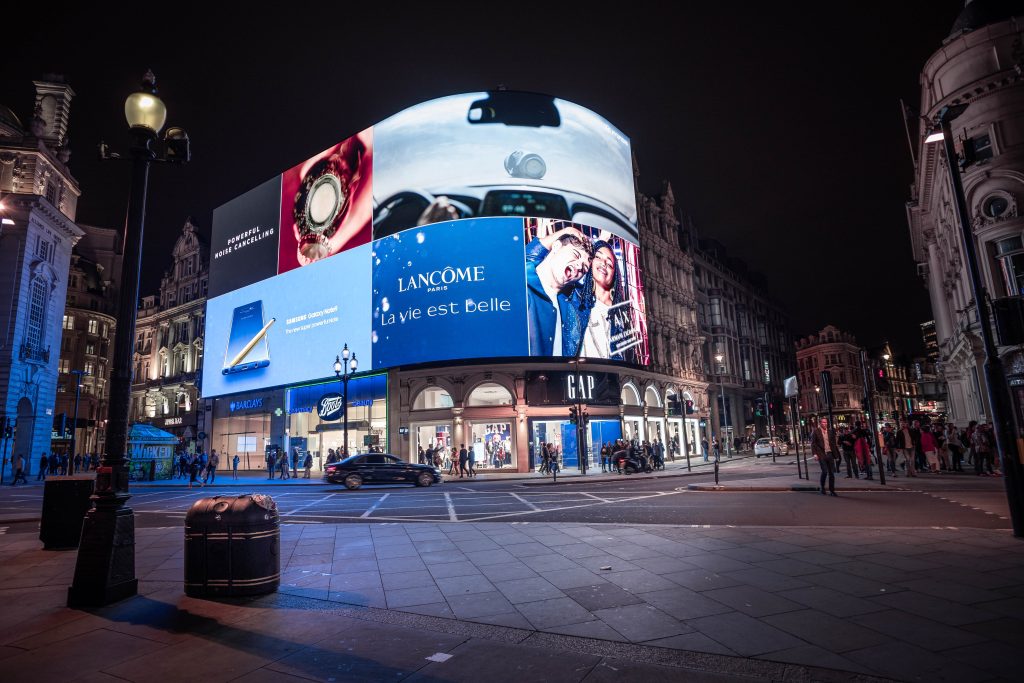
Although many advertisers remain reluctant towards programmatic ad buying, this advertising model has become a more attractive alternative to direct buying, especially for Digital Out-Of-Home advertising (DOOH), which is one of the fastest growing forms of advertising today, and has, therefore, been consolidating itself as a key format for companies looking to increase their reach and brand recognition.
DOOH publishers are making more and more screens available for programmatic buying, which makes it essential to adapt to this new reality. Enrique Domingo, Tidart’s Business Director, explained the advantages of programmatic buying and why it’s the future of DOOH advertising.
Advertising is quicker
First off, buying ad spaces directly from providers takes longer: Advertisers have to negotiate, individually with each publisher, not only the fees and prices but also which screens they have available, buy in bulk, and keep the campaign active during a minimum time frame. This entire process can lead to a campaign taking up to two weeks to be launched.
“Through direct buying, advertisers also don’t know the real impact of the screens they’re buying, dealing with the risk of buying screens they don’t need, which can lead to losing money. There’s also no way of verifying the impressions of the campaign, or its performance for that matter”, pondered Enrique.
Through programmatic, however, there’s no minimum spending or minimum investment period required. The different DSPs allow advertisers to easily have access to all of the available publishers and screen formats, so setting up a DOOH advertising campaign through programmatic is a lot quicker: it can be up and running in three days.
DOOH segmentation
The main advantage of programmatic buying, nonetheless, is its segmentation possibilities. DOOH advertising through programmatic is based on CPM publisher: the number of people susceptible to seeing the message displayed on the digital screens. This means that audience and location have a crucial impact on DOOH campaigns’ performance. Each publisher has their own data based on time frames or location that, thanks to the DSPs, become available to advertisers so they can choose the best screens for their target and goals.
Programmatic platforms also provide advertisers with triggers that activate their campaigns only when a specific event happens, if that’s what they wish to do, to make a more attractive and captivating impact.
“If we add to that the capacity of following up in real-time the campaigns’ performance, programmatic platforms give advertisers total control over their investment. They can measure their results according to each screen and publisher. This flexibility means a significant advantage over direct buying. Campaigns can be optimized at any time, they can be paused in case they’re not working, budgets can be increased… “, Tidart’s Business Director listed.
In conclusion, programmatic ad buying for DOOH not only saves time but also allows advertisers to adjust and improve their strategy according to real-time results, making it more effective and leading to a more efficient advertising strategy.
If you’d like to invest in DOOH advertising through programmatic ad buying, reach out to Tidart. Their expert team has all the knowledge to maneuver the main DSPs and apply all filters, segmentations, and triggers you like.